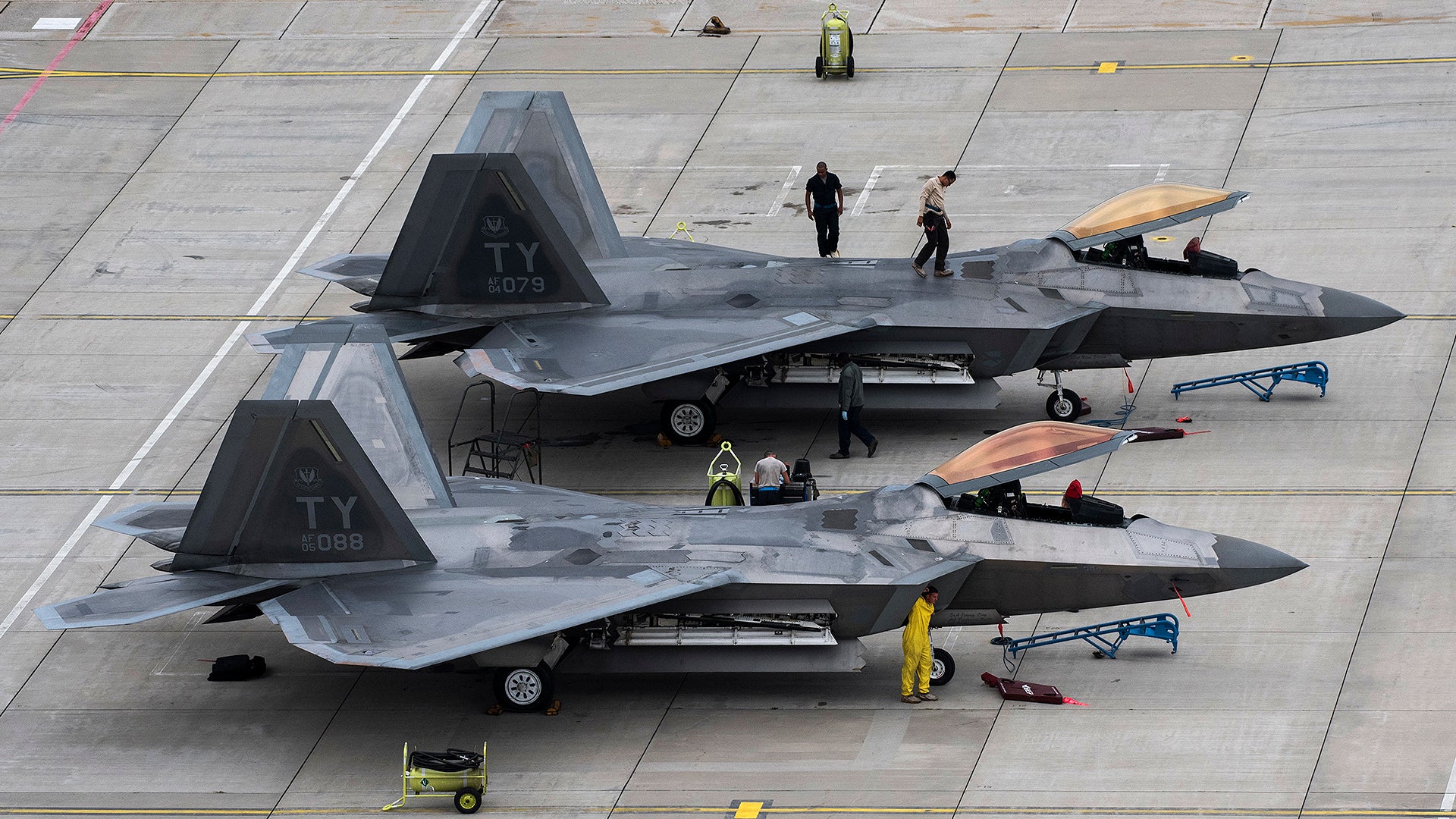We have been leading the coverage on the state of aircraft left behind after Hurricane Michael made a direct strike on the highly important Tyndall Air Force Base. We have posted pictures showing QF-16s, Mu-2s, and yes, F-22s, sitting among the rubble inside badly damaged hangars at the base. The USAF has stated that aircraft were left behind, with unofficial figures being reported that range from three to 18 of the precious super fighters riding out the storm on site. Even though I repeatedly explained why not all aircraft can fly off in advance of a storm’s arrival, I have been inundated with tweets, Facebook messages, emails, and comments ranging from people demanding to know how this could have happened to being outraged that the commanders at the base didn’t see that all of the planes flew out and that they should face stiff punishments for their actions. Some even claimed they should have been flown out on transport planes. These are naive and in some cases absurd statements that are totally divorced from the reality of tactical jet operations. Here’s why.
At modern fighter is not a Honda Accord. You don’t just hop in it and drive it around for months until you finally have to take it for a one-hour oil change when the light comes on. If anything, they are far more akin to high-end sports cars that require a lot of expensive TLC to keep operating. The F-22, in particular, is more analogous to an exotic supercar or even a high-end race car than anything else. It requires dozens of hours of maintenance for every single flight hour and deep maintenance can take days or even many weeks to accomplish, depending on what is needed to be done and availability of spare parts, which can be scarce.
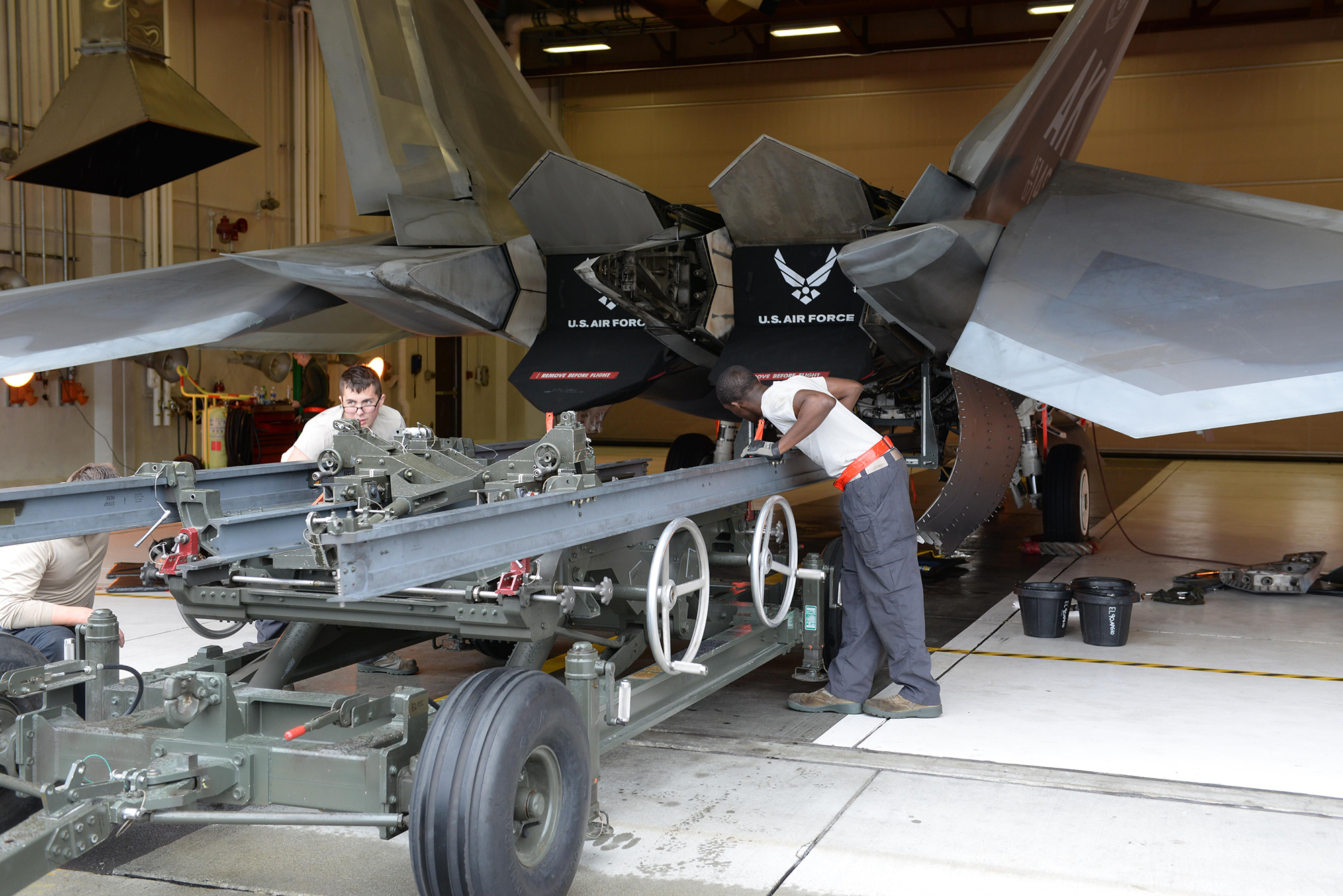
On top of some aircraft being sidelined for extended periods of time for repairs, others have to go through periodic planned servicing, discreet component inspections, and invasive phase inspections, the latter of which sees the aircraft largely disassembled before being arduously put back together and flight tested before returning it to the active flight line after all its issues, or ‘gripes,’ are worked out. In other words, many of these operations are not ones you can simply stop and reverse to rapidly generate the aircraft into a flying condition in a matter of a day or two—in some cases, not even close. There are always a number of aircraft going through these planned maintenance intervals, that way a squadron’s inventory can remain fairly predictable given the demands being placed upon it.
So it is not uncommon to have at least a handful of a unit’s aircraft incapable of flying due to foreseen maintenance, let alone unforeseen issues. That number can actually grow higher based on the type, the age of the aircraft, and the general readiness status of the aircraft’s community overall.
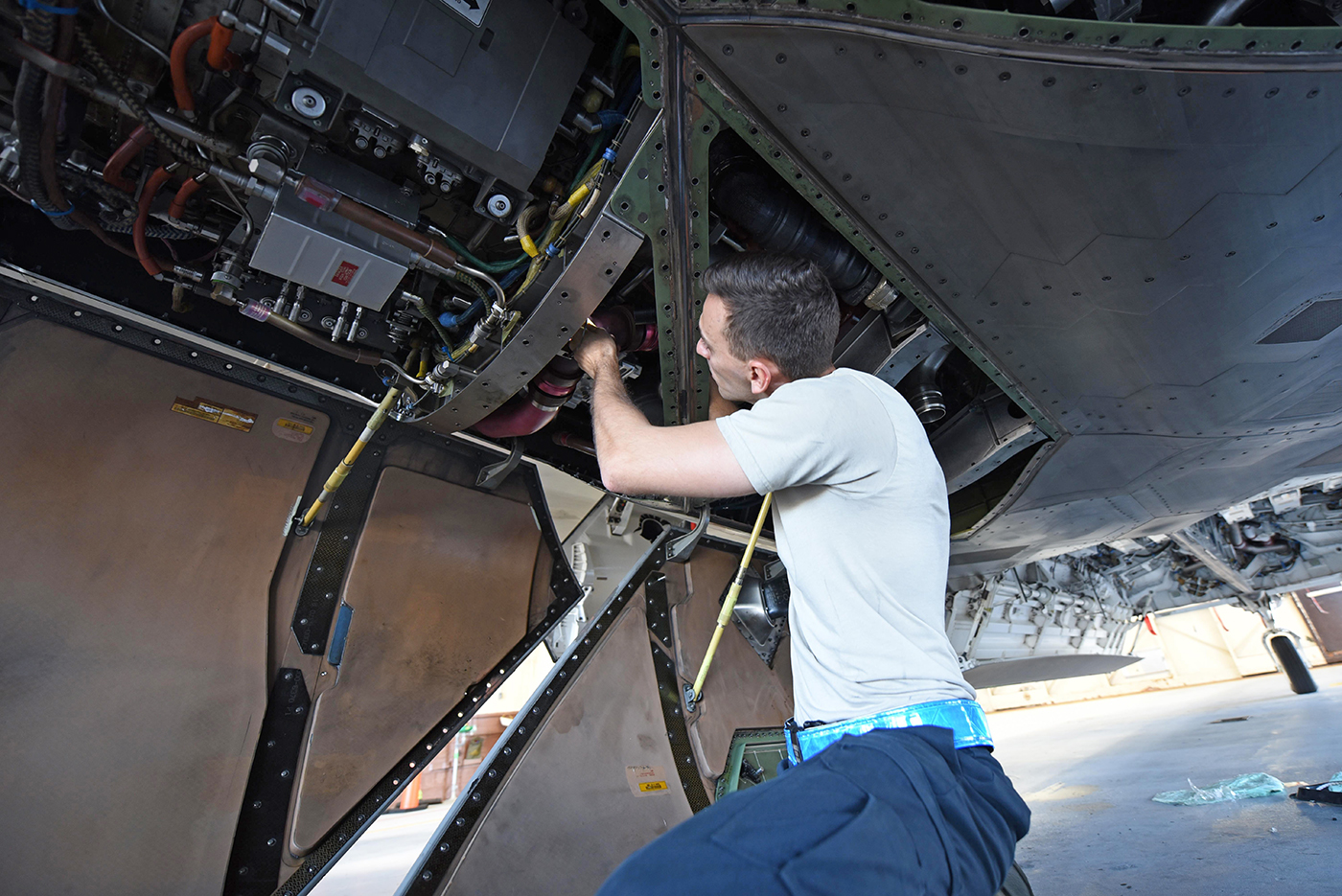
Take the 142nd Fighter Wing in Portland, Oregon—one of the best F-15 operators on the planet. They had a snap readiness drill earlier in the year that challenged them to get every jet airborne they could within 24 hours. This resulted in 13 aircraft taking to the skies, including the unit’s alert aircraft, which was an awesome achievement they should be proud of. The wing has 21 aircraft assigned to it in total.
As I mentioned earlier, some military aircraft communities are better able to cope with a sudden demand to generate flyable aircraft than others. If you have been around a USMC or Navy Hornet squadron that is in a low-readiness period you will see a lot of aircraft missing parts and sitting zombie-like on the flight line or in the unit’s maintenance hangars. Cannibalization of airframes for parts, and in some cases not even to benefit the same unit’s aircraft, is a very common reality. You can read about this first hand in this past feature of ours.
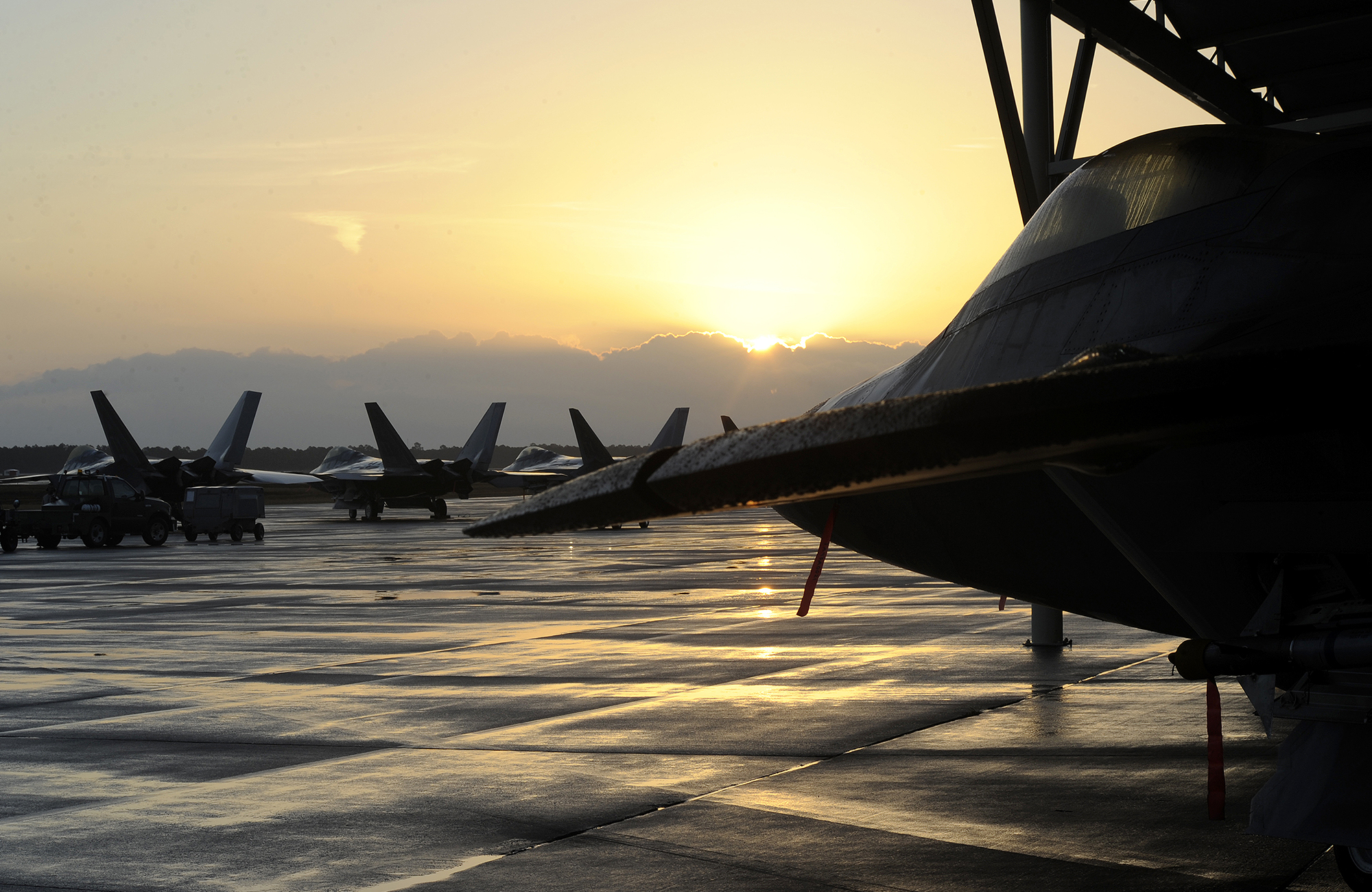
This sorry state of affairs is slowly improving for the Navy and Marine Corps, but it still has a long way to go before reaching traditional readiness targets, let alone a new and arguably fantastical one Defense Secretary Mattis just set for them. The USAF’s 5th generation F-22 and F-35 fleets also suffer from similar parts shortages and logistical logjams. An aircraft that had critical components taken off of it to help keep another aircraft flying is not that likely to be able to wing it out of an air base in a matter of a couple days as a storm moves into the region.
The F-22 fleet, in particular, sits at the lowest readiness rate across the USAF fast-jet inventory. There are a number of contributing factors to this, including the type’s short production run that pretty much everyone regrets in hindsight. But as of 2017, the F-22 community as a whole struggled to meet a 50 percent mission capable rate. Their legacy fighter predecessors fared better at generally above 70 percent.
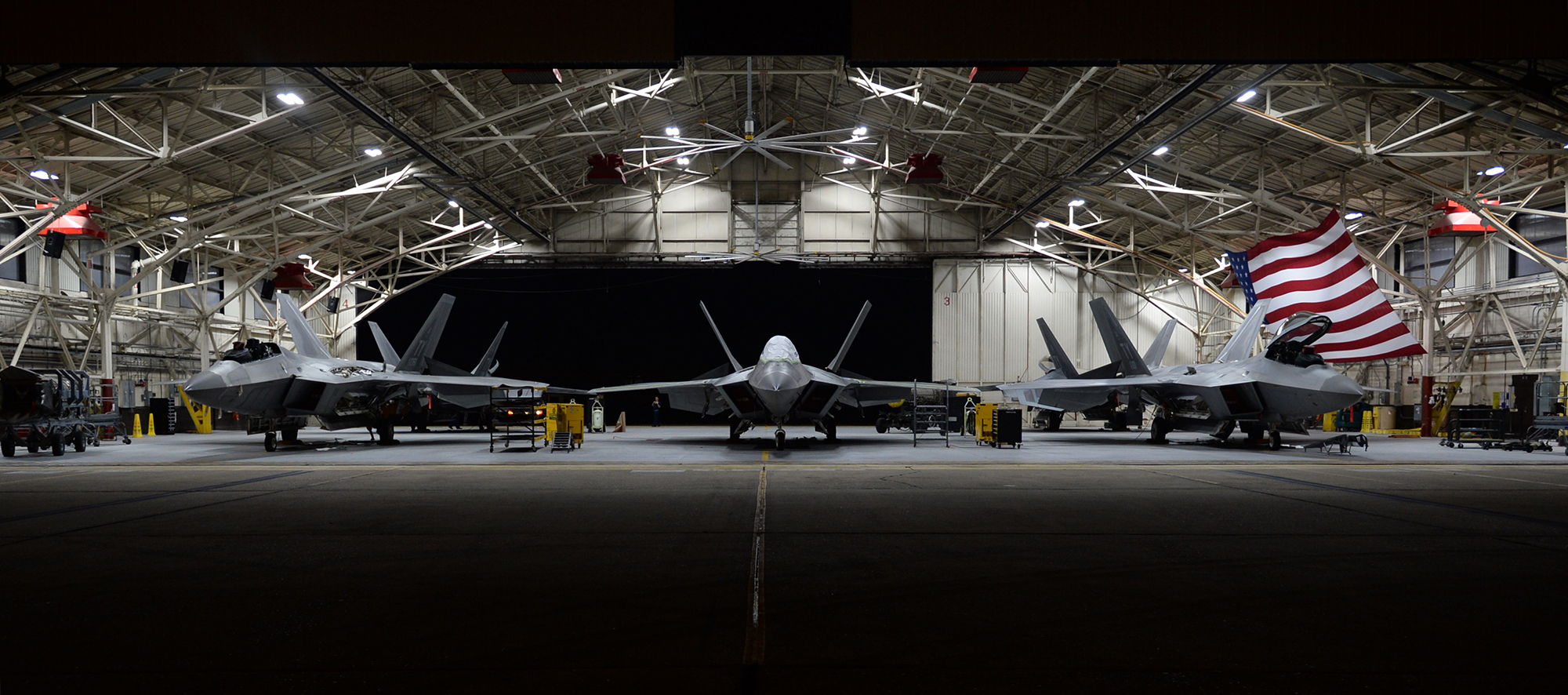
So no, the commanders at Tyndall AFB—the home of F-22 training and a base with 55 of the stealth fighters on hand, as well as the home to many other aircraft—can’t simply click their flight boots together and magically get 55 F-22s in the air. And the very idea that those that lead elite fighter units don’t care enough about preserving the jets they have under their purview is simply outrageous. Trust me, anyone at a command level in the USAF fighter community cares plenty about their aircraft. If you think otherwise then you haven’t spent much time around these types of individuals or the culture they operate in.
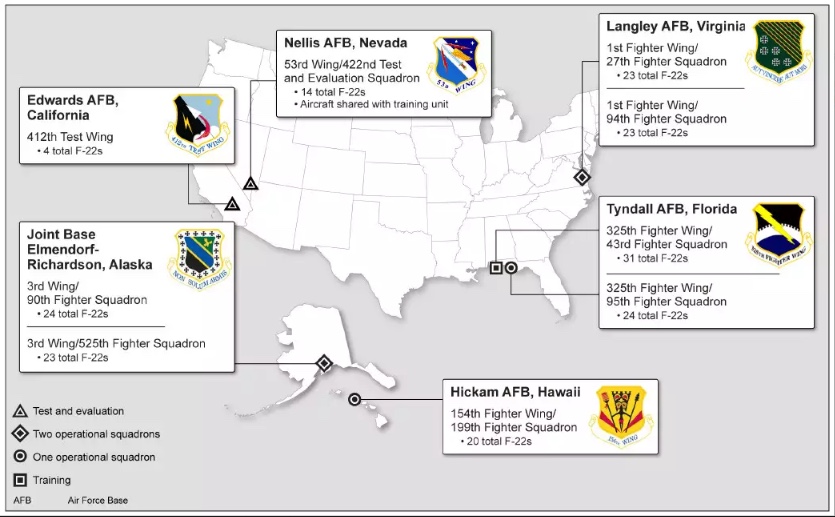
But you know what commanders generally care more about than their jets? The lives of the humans under their command. This is not some abstract challenge to see how many jets can fly in a matter of few days. The crew chiefs, airframe technicians, pilots, egress shop people, accountants, operations folks, and every one of the hundreds of other people that make up a squadron all have lives outside of their jobs and families to protect.
It seems as if some think that somehow a catastrophic storm doesn’t impact those who work in the air combat business. They have to evacuate just like any other person in a community. They can’t be sitting around tinkering on F-22s as a category four storm crashes into their hangar. They also have to support the crazy logistical operation of evacuating the aircraft that can fly, which is no easy feat.
There is only so much capacity in a very finite amount of time that these individuals can provide during a hurricane evacuation scenario. At a certain point, they too have to rush to safety with their loved ones. And for very good reason. 100 percent of the housing on Tyndall and infrastructure to support daily life was destroyed by Michael. It’s all gone, and yet nobody died. You can view highly detailed imagery of the base here to see what it looks like in Michael’s aftermath.
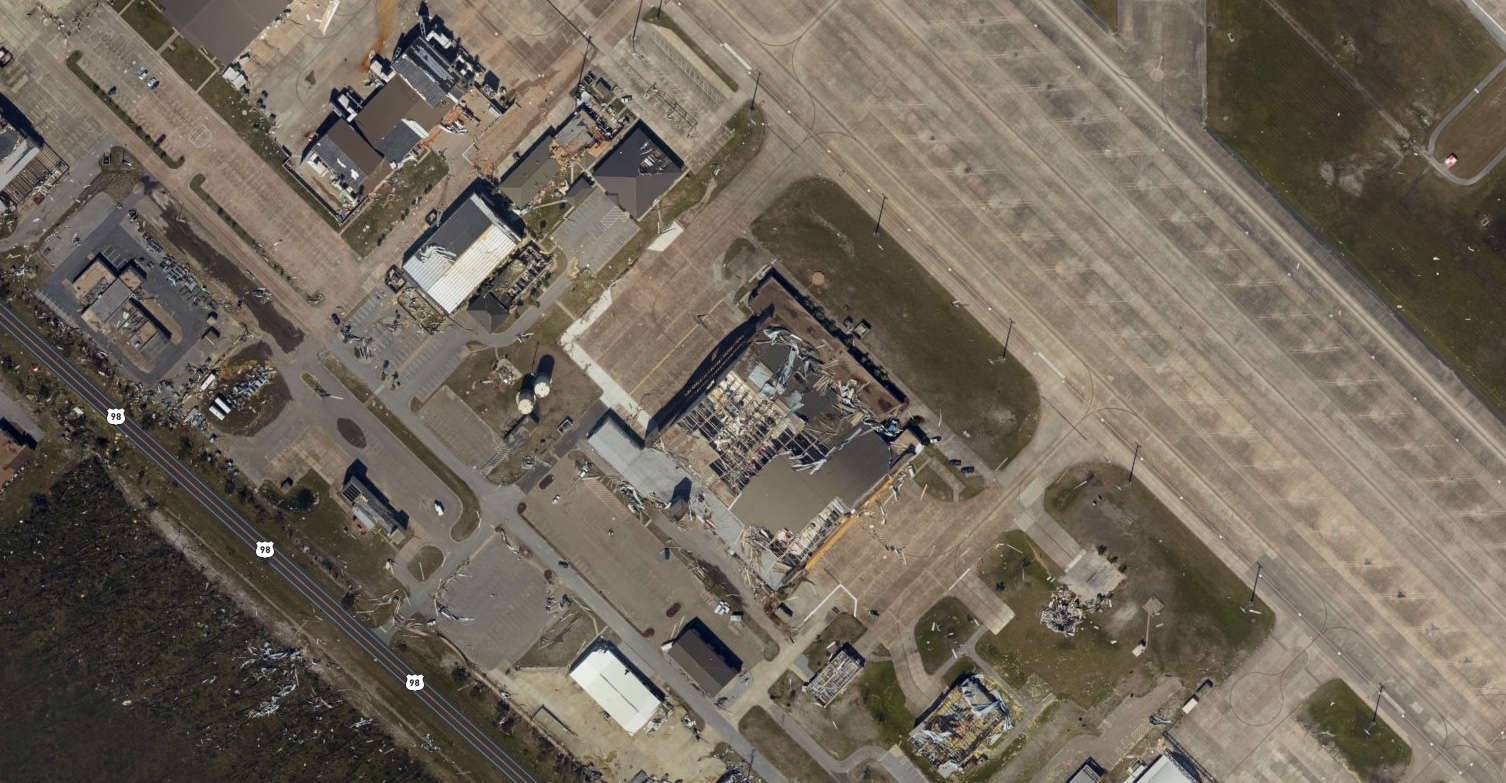
As for many of the childish notions that many have thrown around over the last 24 hours with great authority—like flying aircraft away on transports or wheeling them out on trucks—they don’t help inform the public of the realities of these types of evacuation operations. No, these planes aren’t just Lego sets that you can take apart and pour into a C-5. Removing wings on an F-22? That is a massive undertaking, let alone getting a C-5 in and loading it up to fly away to someplace. Once again, limited capacity in a limited timespan, and that is a long-lead type of project.
Throwing jets on flatbed trucks? People don’t realize how large of a flying machine a Raptor is. They are roughly 44 feet wide, 62 feet long, and weigh over 43,000lbs. They are not something you just throw on pop’s flatbed and skidaddle out of dodge. Nor are they made to be transported that way in the first place. And to where? You are talking about a highly sensitive asset packed with classified material. Its skin treatment alone presents a national secret risk. These aircraft are supposed to sit in last minute hurricane traffic heading somewhere as they hog up multiple lanes? The whole notion is ridiculous. And if they can’t seek refuge in time, you have a flying machine strapped to a flatbed. Good luck with that.

I even had people say they should fly them off on the backs of NASA 747s like the Space Shuttle. First off, those 747s no longer exist. Second, they only flew two types of aircraft in their entire history—the Shuttle and the X-45C. The Shuttle only flew after an amazing amount of engineering work and study and the X-45C also had to go through an extensive process. Just loading and unloading these craft took a special crane system to be erected and special mounting hardware. Anyways, I am not going to spend any more time on that fantasy.
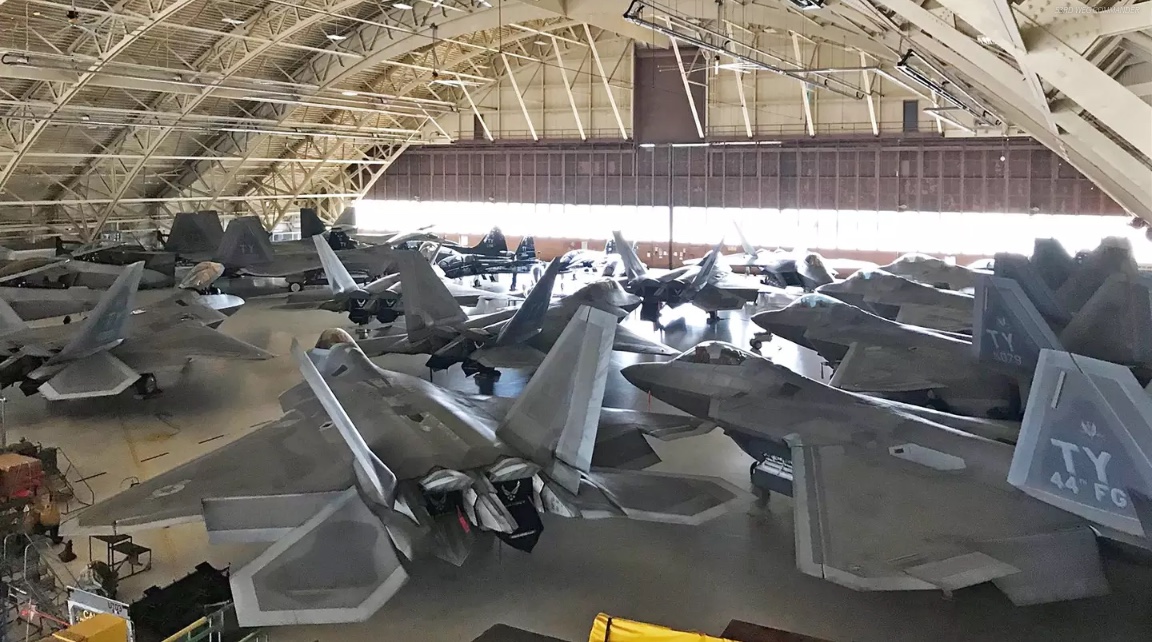
So let’s debate the logic of basing these types of assets in major hurricane zones. Let’s debate building at least one large hangar facility on at-risk bases that can withstand Mother Nature’s most power onslaughts so that unflyable aircraft and critical gear have a place to safely ride out a storm. Let’s also debate the readiness of our air combat fleets and the service’s funding priorities in relation to those issues. But claiming that it is an outrage that every plane at Tyndall Air Force Base didn’t flock to safety at a moment’s notice is a sign of ignorance on this topic more than a hot take rooted in fact.
Yes, F-22s are a woefully scarce and finite commodity within the USAF. Any loss, or even damage, to a Raptor is a significant event that has a real impact on the total force. But there is no getting around it, there will likely be substantial losses of not just Raptors but also T-38A Talon aggressors and Mu-2 radar operator training aircraft, not to mention QF-16s, due to Michael. When it comes to the QF-16s, the USAF spent millions per airframe turning those jets into full-scale aerial targets (FSATs) fairly recently. They can fly for years with or without a pilot in the cockpit after going through that conversion, so losing a number of them is not just some trivial thing and those airframes are badly needed for critical weapons testing and development purposes.
The harsh truth is that fighter aircraft are not 737s, they don’t just reliably churn out hours upon hours of flight time without a major issue. They are finicky, maintenance intensive, and comparatively unreliable thoroughbred fighting machines that spend far more time on the ground broken than in the air—or even being capable of being in the air in the F-22’s case. And the more complex they are the less consistent they are operationally speaking. So save the outrage over F-22s left behind at Tyndall and let’s discuss solutions to what will clearly be an increasingly common and crushingly expensive issue to contend with in the future.
Contact the author: Tyler@thedrive.com
